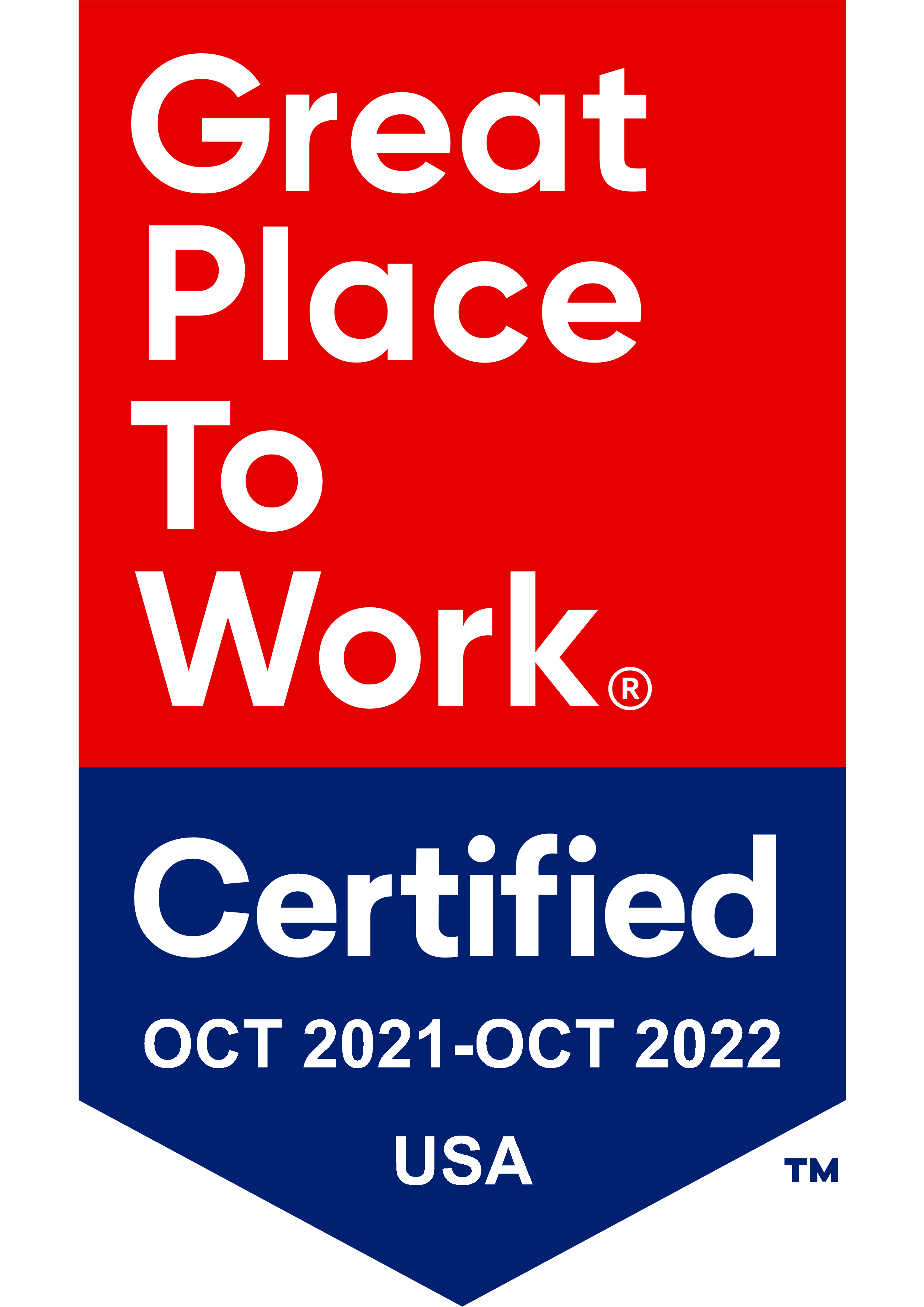How detail oriented people can wrangle big picture people and avoid the big fail
Read part oneand part two of this series now.
What’s the alternative to perfection? Let me introduce you to my new friend, iteration.
One of the things we worked really hard on at Trumpet over the years was helping people unwind perfectionistic tendencies. What do I mean by unwind? When you are a service oriented person, you see in your mind’s eye what success looks like to you as part of your overall plan. For example, how wonderful you will look at your wedding, how amazing the weather will be that day, how everything will be… just perfect.
I remember receiving a super piece of advice that has stuck with me to this day. As my mom is the penultimate planner, the day before our wedding, my spouse remarked: “Anything that has this much planning going into it, is bound to have something go wrong. Remember to watch for it, and remember to laugh.” Boy, was he right, and it made several mishaps that could have been stressors turn into an even more delightful day. The point being, is that planning is useful only up to a point. Fast response time and iteration are as important as planning. Think about the financial planning profession. There is no such thing as a perfect financial plan. A lot of the value advisory firms provide relate to how well and how quickly you adapt and respond to the client’s every changing needs and unplanned events.
I remember reading an article years ago, where the columnist referred to writer, Anne Lamott’s concept of SFD – or *itty First Draft, which we at Trumpet, converted to “CFD” or “Crappy First Draft.” In the software or start up world, its counterpart is called “MVP” or “Minimal Viable Product.”
What’s the point of the CFD? It’s simply to get something out into the world, bare bones – an idea, a concept, a sketch, an outline into the hands of people who can provide you valuable input.
Before we produce a new training module, the trainer creates an outline, then shops it around to members of the team. Before I write a presentation for a speaking engagement, I create a mind map then shop around some of the concepts. Before the developers polish a new feature, they get it in the hands of a client to see if they are on the right track.
Iteration is now a baked-in intentional approach, to get the first iteration to about an 80% success rate. Why 80%? Because, otherwise, you are doing a disservice. Isn’t that weird to think? Isn’t 80% like a B- in the world of school? Why would I ever shoot for a B-? Ah, because the B- is your starting point, not your ending point.
I remember when I discussed this concept with my spouse (remember that awesome guy I married who reminded me to laugh on my wedding day?), who happens to be an extraordinary developer. His response was something like the following, and I’m paraphrasing:
“Until you get a concept into the hands of actual users, how could you even think you could be on track? It would be incredibly sophomoric and egotistical to think I could anticipate what actual users need and want until I put something in their hands to play with, much less know all the corner cases. Feedback on a model or a prototype is absolutely critical. It would be insane of me to fully develop a product before I put it in front of users. The first 80% is the easy part, it’s the last 20% that is the hardest, which is where you really nail it.”
Wow, talk about blowing my service-oriented, people-pleasing, “surprise-others-with-how-well-I-anticipated-their-needs” mind.
All this time, I had no idea I was being egotistical (instead of “service oriented”) by stealthily working up to my amazing “everything is awesome!” presentation while trying to not bother anyone too much along the way for their input.
This conversation also suddenly made me realize why the perfectionists among our team had such a hard time getting a *new* internal initiative underway, when their approach up to that point had been to want to “give it their all” or nothing. Can’t you just hear the parent voice in the background “If you don’t have time to do it right, then don’t do it at all?”
Do you remember that part in the “Grinch that Stole Christmas” when the Grinch realizes Christmas isn’t at all about the pantookas or the roast beast?
Maybe, getting it right meant *not* getting it right out of the gate at all. Maybe, getting it right is putting out a sketch, 80% effort, not 100% effort, then continue iterating it until it got to be above 90%, from the actual people who….use the software, use the new phone system, listen to the presentation or,… fill in the blank here.
Wow, talk about a paradigm shift!
Our New World can be Your New World too
Once we indoctrinated the team into the concept of creating and shopping around the CFD to other people and that is intentional and desirable, new initiatives started to get underway more quickly, and there was a lot more collaboration. All the service oriented people really appreciated being asked their opinion and input on other team members’ projects. Instead of putting their heads down, trying to produce perfection on a single project to the exclusion of others, they kept true to their service oriented values, and on a much higher and productive level across the organization.
I get you
And of course, if I had to pick my top 10 things we’ve done at Trumpet to make us the most successful, no matter how long we’ve been in business, I’d always put Kolbe assessments in the top 10.
Kolbe assessing is not like Meyers Briggs, the latter which gives insight into personality. Rather, Kolbe informs you of how people tend to initiate problem solving, how they like to learn and their natural approach to communicating. Because Kolbe was such a powerful instrument at Trumpet, and one we’ve used since the day we opened our doors, I’ll dedicate more detail to it in a follow up post.
Bottom line, when you are on a team, your ability or inability to understand and respect your teammates is either the # 1 builder or roadblock to getting things done. This can have a significant impact on success of failure of a project when (in Kolbe language), high “quick starts” and high “follow throughs” collaborate. If they don’t get each other’s contributions, then projects and conversations derail rather quickly.
In fact, I remember striking up a great conversation about Kolbe assessments with a director of a gifted student program.
Her response went something like: “We love Kolbe. Before we really started using Kolbe, we had a Kolbe facilitator do an experiment, where we she grouped students based on Kolbe types for a timed assignment they needed to accomplish together. Then an index card the teachers could not see, she jotted down her predictions of which groups would succeed or fail to solve the problem based on how their Kolbe types were grouped. And she was accurate on every outcome. That really got our attention.”
Getting Kolbe types to connect and honor each other is a significant part of building successful teams.
So, make “iterate” your new approach. While concepts like the CFD or MVP get you underway on reforming perfectionist tendencies, other ideas like involving key stakeholders with “check ins” for approval as you would a client, and chunking your work, create a much more productive and enjoyable work environment.
Likewise getting clarity with Kolbe typing on how quick starts can best work follow throughs, or how to organize teams and hire more appropriately for your positions using Kolbe, also have dramatic impacts.
So, now it’s your turn- I have to ask - what strategies have you found to be most effective in helping detail oriented people work well alongside visionaries?
This is a two way conversation – please help us learn from you!




